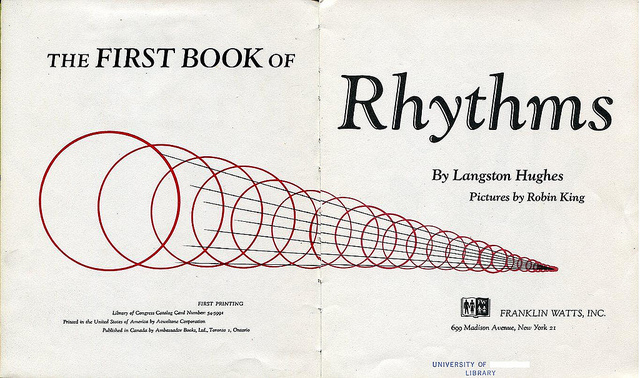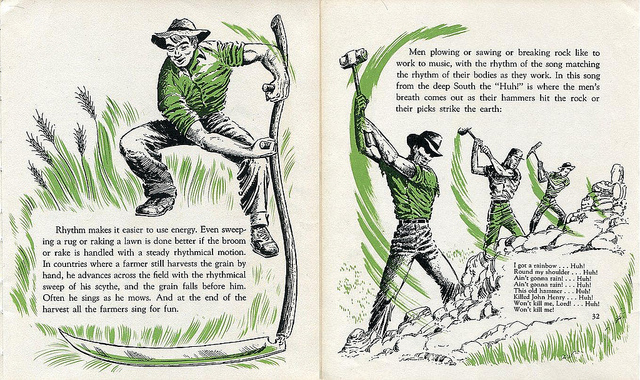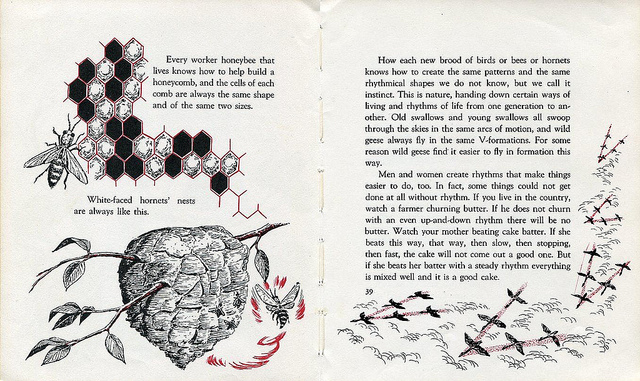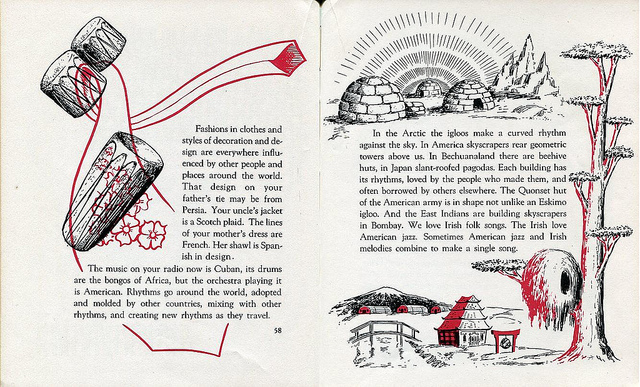A whole generation of filmmakers who came to prominence in the late 90s and early 00s got their start in music videos. Spike Jonze, for instance, went from making the Beastie Boys’ best video, “Sabotage,” to making Being John Malkovich, the greatest film ever about being John Malkovich. Simon West has the dubious distinction of making Rick Astley’s “Never Gonna Give You Up,” making him the handmaiden to that loathsome of internet meme’s, rickrolling. He then went on to make the overstuffed spectacle Con Air, making him the handmaiden of Nicolas Cage’s dreadful action career. And Michael Bay, Mr. Death-Of-Cinema himself, made slick videos for the Divinyls before branching off into explosion porn with the Transformers franchise.
Yet the most celebrated filmmaker to come out of music videos is David Fincher. Even before he made his green-tinted feel-bad masterpieces like Zodiac and The Social Network, he already made a deep impact on American popular consciousness – especially if you were watching a lot of MTV during the waning days of the Cold War. Here are five of his most famous and finely-crafted vids.
“Vogue,” Madonna (1990)
Shot in gorgeous black and white, Fincher makes Madonna look like a Hollywood icon of yore while spinning one dazzling image after another of well-appointed, and remarkably limber, men voguing. The video was reportedly shot at a breakneck pace, just 16 hours, to accommodate Madonna’s tour schedule.
“Straight Up,” Paula Abdul (1989)
Fincher captures Paula Abdul’s sass and her considerable dancing prowess in this stark, graphic video that is almost completely devoid of grey.
“Freedom! ’90,” George Michael (1990)
George Michael refused to participate in the shoot for this video. So Fincher did what I wish I could do — call up a bunch of supermodels including Naomi Campbell, Linda Evangelista and Cindy Crawford and get them to help out. The result feels like a Victoria’s Secret catalogue come to life.
“Janie’s Got a Gun,” Aerosmith (1989)
The song might be catchy but the lyrics are about murder and child abuse. Fincher shoots Aerosmith’s likely arena rock anthem as a crime story, complete with lush colors and moody, expressionistic depictions of the deeds. The video proved to be great training for his subsequent films.
“Express Yourself,” Madonna (1989)
Madonna’s “Express Yourself” was the most expensive music video made up to that point, costing $5 million. A riff off the German Expressionist masterpiece, Metropolis, this work features far more corsets, naked men and crotch grabs than Fritz Lang’s film. Madonna had a great deal of say over the final product. “I oversaw everything — the building of the sets, everyone’s costumes, I had meetings with make-up and hair and the cinematographer, everybody,” she told Rolling Stone magazine. “Casting, finding the right cat — just every aspect.” The success of this video landed Fincher his first feature film, the troubled Alien3.
Related Content:
The Filmmaking Craft of David Fincher Demystified in Two Video Essays
David Lynch’s Music Videos: Nine Inch Nails, Moby, Chris Isaak & More
Jim Jarmusch’s Anti-MTV Music Videos for Talking Heads, Neil Young, Tom Waits & Big Audio Dynamite
Michel Gondry’s Finest Music Videos for Björk, Radiohead & More: The Last of the Music Video Gods
Jonathan Crow is a Los Angeles-based writer and filmmaker whose work has appeared in Yahoo!, The Hollywood Reporter, and other publications. You can follow him at @jonccrow. And check out his blog Veeptopus, featuring lots of pictures of badgers and even more pictures of vice presidents with octopuses on their heads. The Veeptopus store is here.







